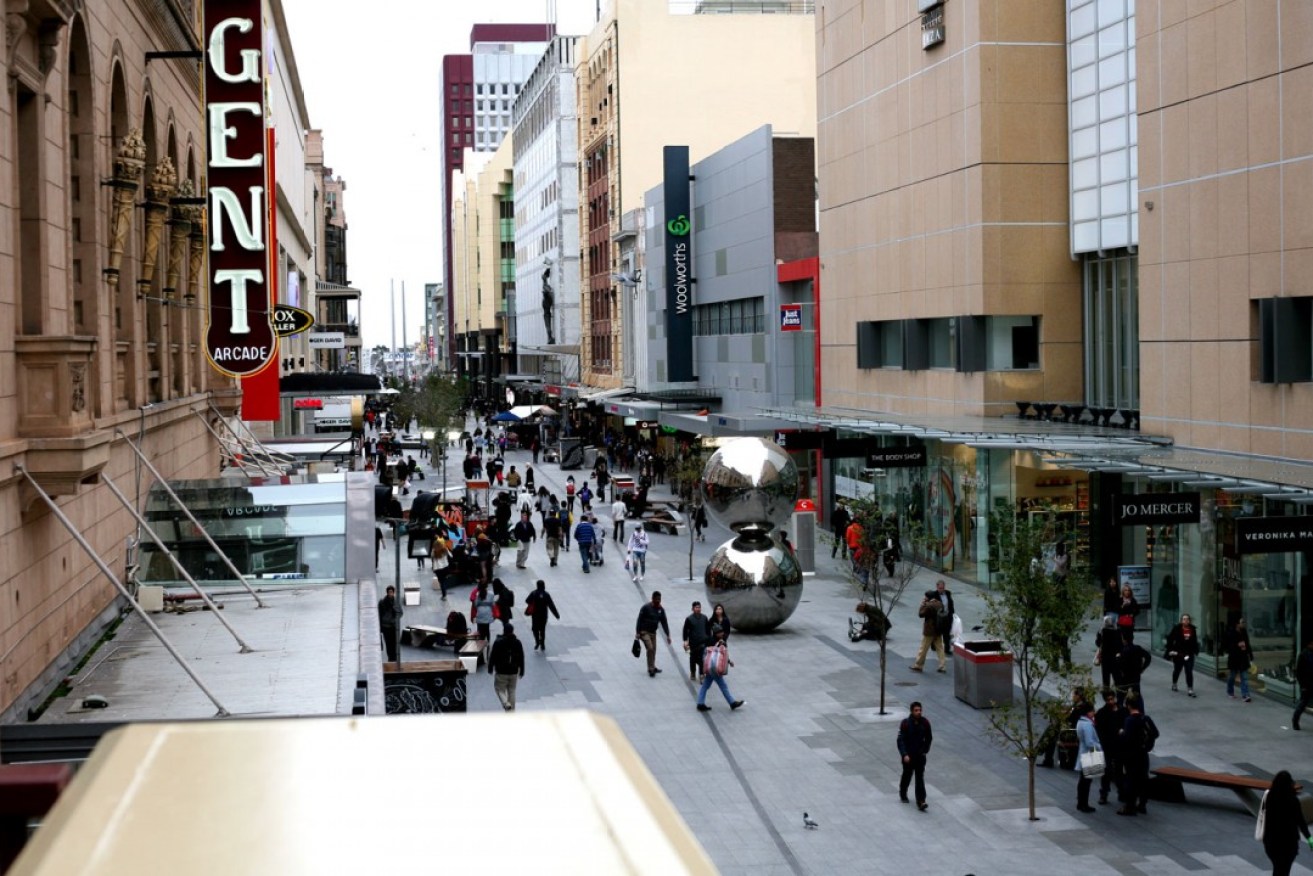SA unemployment still top as national rate hits 1974 low
Australia’s unemployment rate has fallen to a 48-year low of 3.5 per cent but South Australia’s jobless rate remains the equal highest in the nation despite its own drop to a near-record figure.


Photo supplied
The state’s unemployment rate fell by 0.3 per cent in June to 4.3 per cent, according to seasonally adjusted data released by the Australian Bureau of Statistics this morning.
The State Government said that rate was the second lowest since records began in the 1970s.
An extra 500 people found jobs in SA during the month, taking the state’s workforce to 886,700, just shy of March’s record.
Bu the improved unemployment figure also reflects a fall in the participation rate, the percentage of people either in work or looking for it, which fell 0.2 to 63 per cent.
Nationally, the participation rate increased to a record 66.8 per cent in June.
Youth unemployment decreased to 7.9 per cent, 3.7 points lower than in March 2020, but SA’s youth unemployment rate remained at 9.3 per cent.
The state’s overall unemployment rate has been the highest or equal highest in Australia every month this year.
Tasmania also recorded an overall jobless rate of 4.3 per cent in June, followed by Queensland (4 per cent), Northern Territory (3.7 per cent), Western Australia (3.4 per cent), New South Wales (3.3 per cent), Victoria (3.2 per cent) and the ACT (3.1 per cent).
Nationally, the unemployment rate fell by 0.4 per cent to 3.5 per cent in June as a result of employment increasing by 88,000 people and unemployment falling by 54,000.
It is the lowest unemployment rate since August 1974, when it was 2.7 per cent and the survey was conducted quarterly.
“The large fall in the unemployment rate this month reflects more people than usual entering employment and also lower than usual numbers of employed people becoming unemployed,” head of labour statistics at the ABS Bjorn Jarvis said.
“Together these flows reflect an increasingly tight labour market, with high demand for engaging and retaining workers, as well as ongoing labour shortages.”
Seasonally adjusted employment increased by 88,000 people (0.7 per cent) in June 2022.
The increase was the eighth consecutive rise in employment, following the easing of restrictions after the Delta COVID-19 lockdowns in late 2021.
“Employment growth continues to follow a reasonably consistent trend,” Jarvis said.
“Average monthly employment growth over the past three months has been around 51,000 people and around 52,000 since November 2021.
“This was similar to the average monthly increase we saw over the year prior to the Delta lockdowns (61,000 people). The growth continues to be noticeably stronger than before the pandemic when the trend was around 20,000 people each month.”
Head of macroeconomic forecasting for BIS Oxford Economics Sean Langcake said the labour market was tighter than the Australian central bank expected at any point in 2022, which presented upside risks to its wage and inflation forecasts.
“In light of today’s strong data, we expect the RBA will raise rates by 50 basis points at the August meeting,” he said.
“From there, policy will be guided by the strength of wage growth in the Q2 release.”
– With AAP




